JAJSEJ5F October 1995 – May 2022 INA128 , INA129
PRODUCTION DATA
- 1 特長
- 2 アプリケーション
- 3 概要
- 4 Revision History
- 5 Device Comparison Table
- 6 Pin Configuration and Functions
- 7 Specifications
- 8 Detailed Description
- 9 Application and Implementation
- 10Power Supply Recommendations
- 11Layout
- 12Device and Documentation Support
- 13Mechanical, Packaging, and Orderable Information
パッケージ・オプション
メカニカル・データ(パッケージ|ピン)
サーマルパッド・メカニカル・データ
発注情報
7.6 Typical Characteristics
at TA = 25°C, VS = ±15 V, RL = 10 kΩ, VREF = 0 V, VCM = VS / 2, and G = 1 (unless otherwise noted)
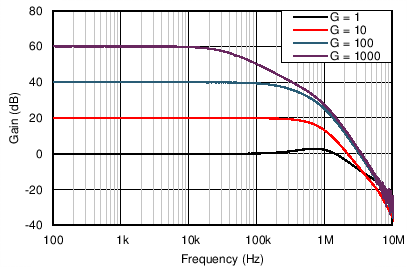
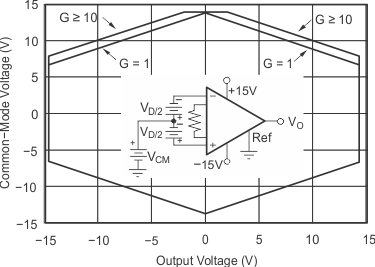
| VS = ±15 V | ||
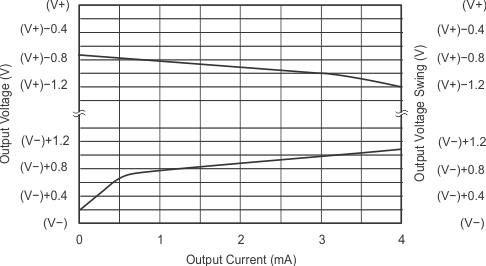
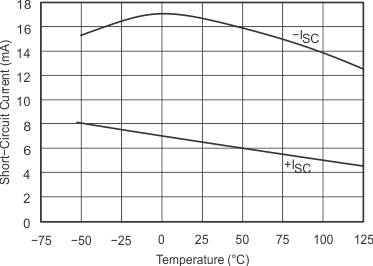
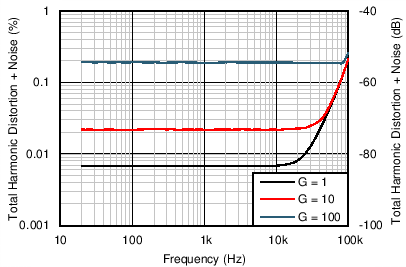
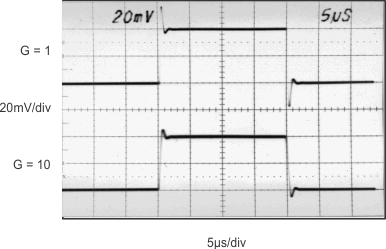
| G = 1, 10 | ||
| G = 1, 10 | ||
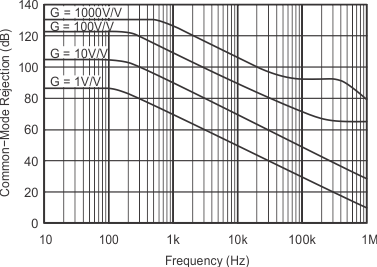
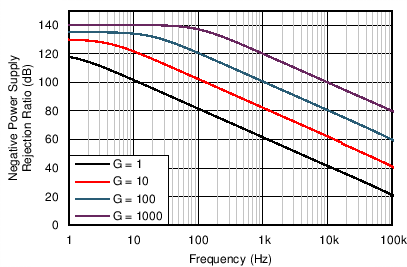
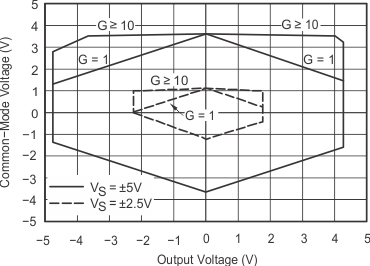
| VS = ±5 V, ±2.5 V | ||
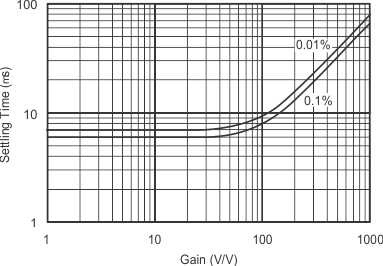
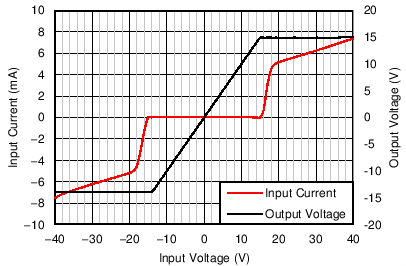
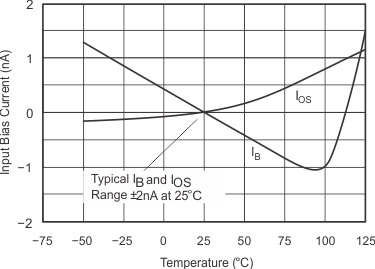
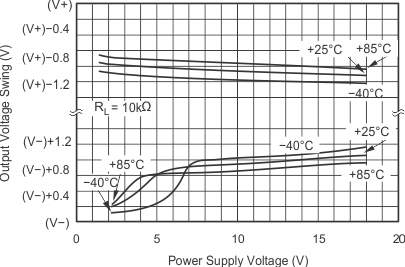
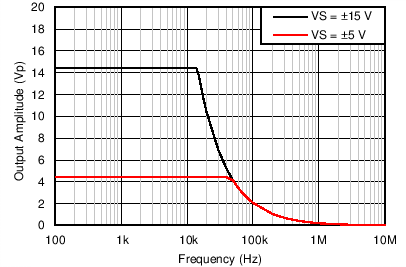
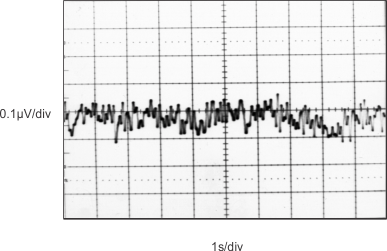
| G ≥ 100 | ||
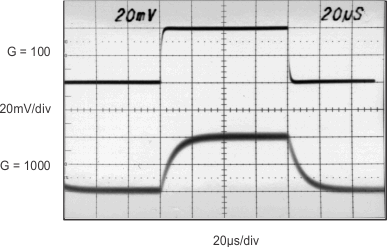
| G = 100, 1000 | ||
| G = 100, 1000 | ||